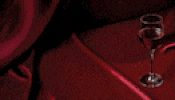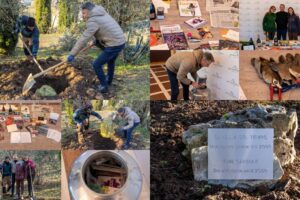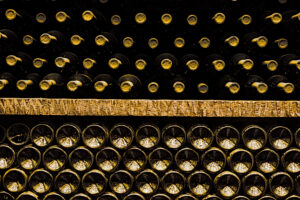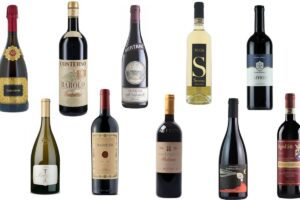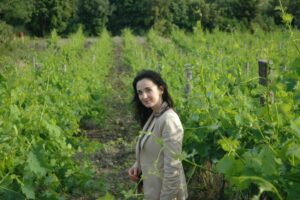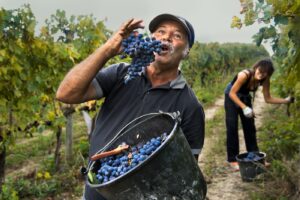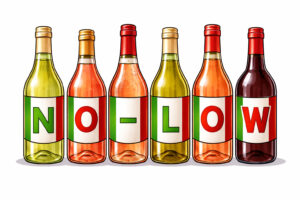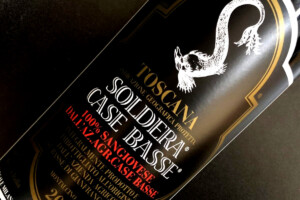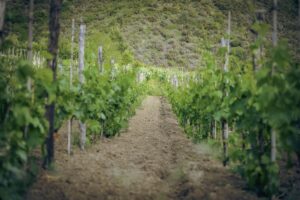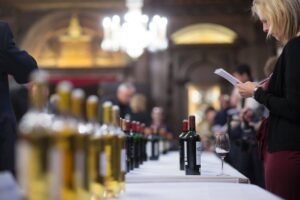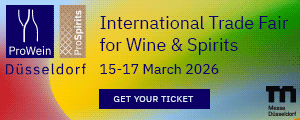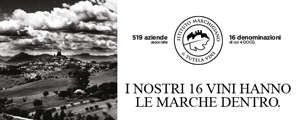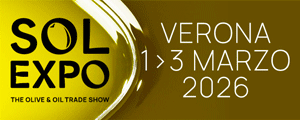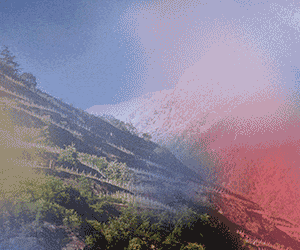“The synthetic cork could be the answer to certain commercial needs, but the disappearance of high quality and real cork stoppers would mean a hard hit to quality wine’s image”. This was the conclusion by the Italian agricultural organization Coldiretti after the alert that was launched by WWF on the risks of ending the use of cork oak material in Italy and the Mediterranean.
According to Coldiretti, over 60% of the Italian wine sector currently uses real cork oak stoppers (of which 80,000 quintals are single-piece high quality cork and 30,000 quintals of are mixed quality) produced in the regions of Sardinia, Tuscany, Sicily and Lazio. Coldiretti emphasized that, “It is necessary to guarantee economic and environmental sustainability for the cultivation of cork and for the decisive contributions it offers for biodiversity and the success of “Made in Italy” wines, which represents one of the leading sectors of the national economy for earnings as well as international image”.
Coldiretti concluded, “Cork production is concentrated in the Mediterranean areas of Spain, Portugal, France, Italy, Turkey, and northern African countries and covers a total surface area of 2 million hectares, which offers a productive potential of 20 billion corks, of which 50% are of a single piece (the highest quality) and the other 50% are lower quality corks”.
Coldiretti Alert - Mediterranean Cork Oak Woodlands at Risk!
The Cork Oak woodlands in Sardinia and the rest of the Mediterranean may risk extinction. Cork stoppers are disappearing along with their trees. It is predicted that in 2015 over 95% of wine bottles could be using synthetic corks and the quantity of cork harvested in the Mediterranean region would thus fall from 300,000 tons to 19,500. A potential economic crisis that could also result in an ecological disaster. Within the next 10 years up to 75% of the Cork Oak woodlands that cover an area of 2.7 million hectares throughout Italy, Portugal, Spain, Morocco, Algeria, France, and Tunisia could be lost. The alarm was raised recently in a report by WWF titled “Stappa con il sughero!” (Uncork it with cork) that was presented during a round table discussion on sustainable management of cork woodlands and the FSC (Forest Stewardship Council) certification, held in Sardinia on May 29th. And, in fact, the island of Sardinia is the source of 80% of Italian cork production with 120,000 quintals harvested each year, and is where the forecasts are most bleak “if the cork stopper market is not sustained”, according to the Wwf.
Nora Berrahmouni, WWF Cork Oak landscapes program coordinator, noted, “Cork stoppers represent 70% of the total value of the world cork market and the wine industry buys 15 billion each year. Sustaining this market means sustaining Cork Oaks, whose economic use is an action that favors the conservation of biodiversity”. The tendency however, according to WWF, is the move towards synthetic corks, partially a consequence of the boom in low cost wines.
A damage in economic and environmental terms that, in the Mediterranean area, could translate into an irreversible crisis for entire forest, industrial, and artisan sectors, with a loss of 62,500 jobs and the threat of extinction for species like the Iberian Lynx, the Barbary Deer, and the Iberian Imperial Eagle (typical in cork woodlands). According to the WWF report, the promotion of sustainable management of cork woodlands, “is a goal that should be followed in order to create a strategy for the conservation of biodiversity in the Mediterranean Ecoregion that the WWF is currently creating in countries like Italy, Spain, and Portugal where cork woodland areas are located”.
The Councilor for Environmental Protection, Antonio Dessì, pointed out, “Sardinia has inserted the tutelage of cork and the development of the cork production sector among the strategic projects included in the Regional Environmental Forest Plan.
Cork will be certified and registered, and this will allow for programming in the industrial sector that works with cork, and to receive EU financing. Where possible, new trees will be planted where it is necessary to improve the existing woodlands and to recuperate deteriorated forests. The region’s action is therefore very clear and is headed in a sustainable direction and a concrete re-launching of the entire sector”.
Copyright © 2000/2026
Contatti: info@winenews.it
Seguici anche su Twitter: @WineNewsIt
Seguici anche su Facebook: @winenewsit
Questo articolo è tratto dall'archivio di WineNews - Tutti i diritti riservati - Copyright © 2000/2026

